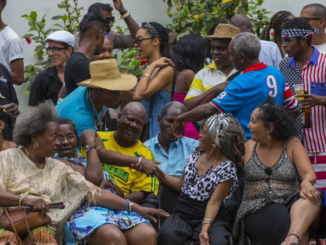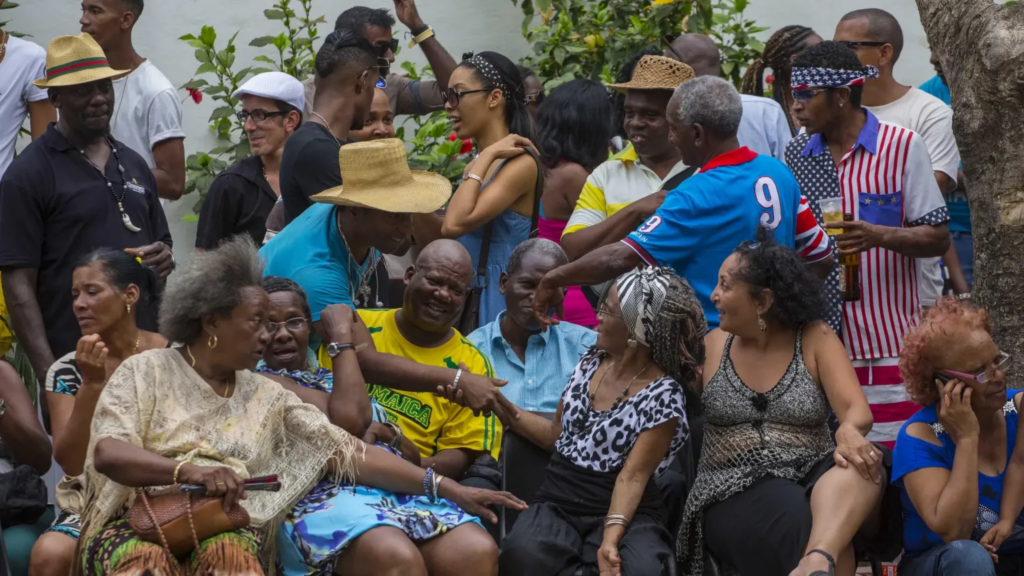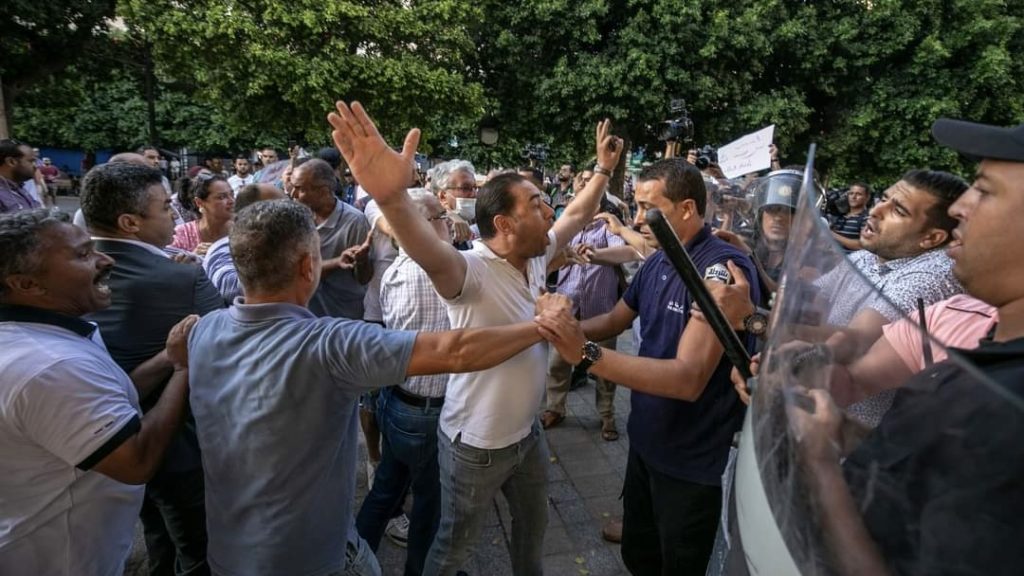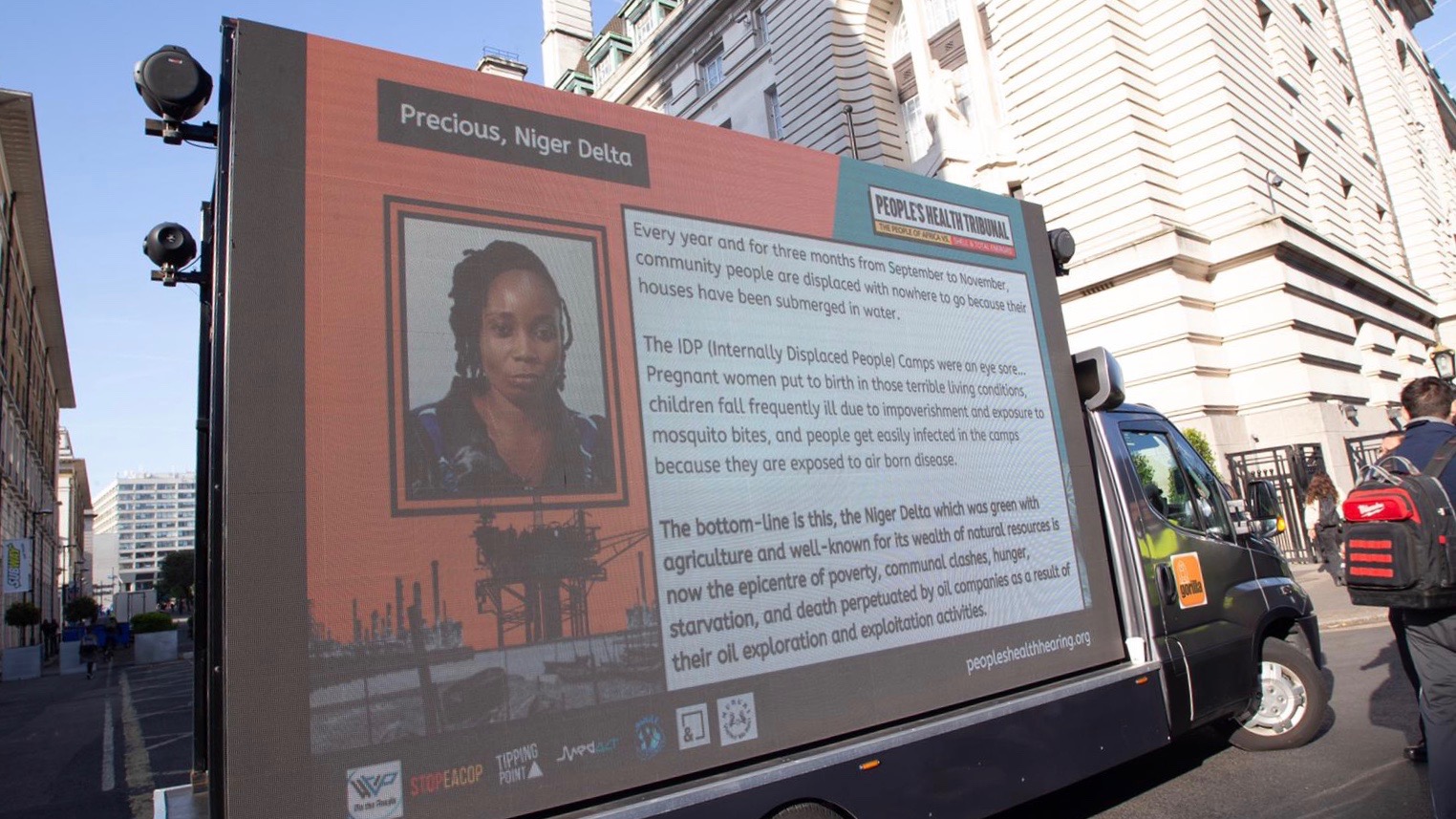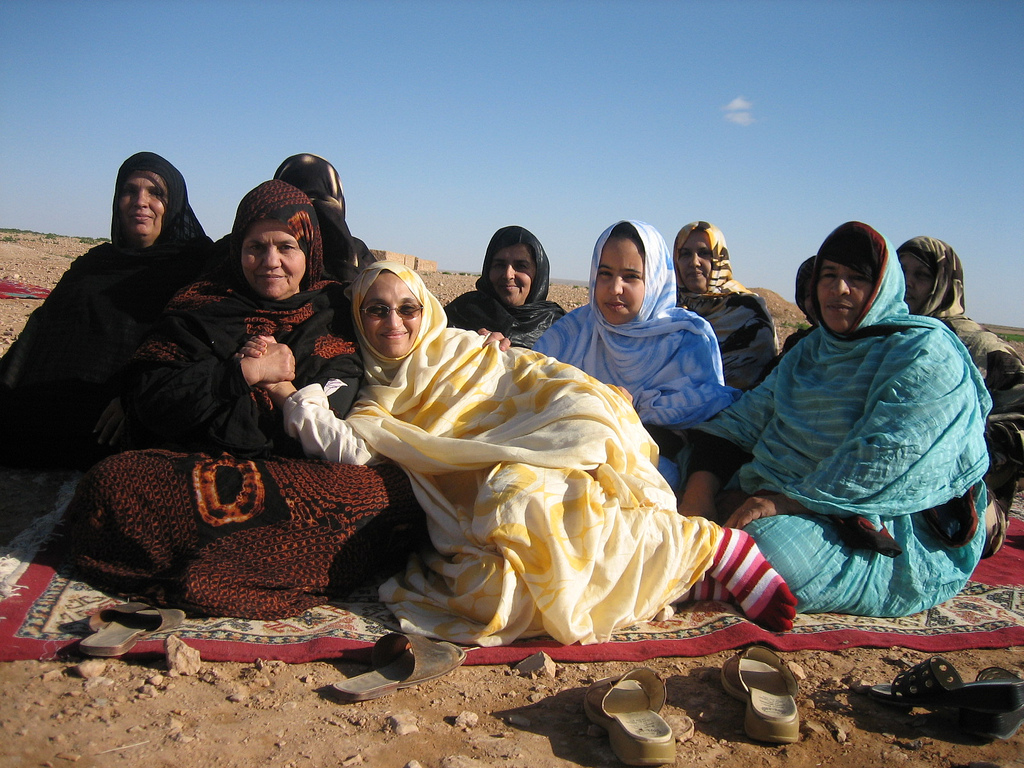
Editor’s Note: This article originally appeared in People’s Dispatch.
Dismissing a now-deleted tweet by Kenyan President William Ruto about rescinding recognition of the Sahrawi Arab Democratic Republic (SADR), the Kenyan foreign ministry clarified on September 16 that it would continue to maintain diplomatic relations with SADR and support its right to self-determination.
Also known as Western Sahara, SADR is a founding member of the African Union (AU) and the continent’s last colony, fighting a war for liberation from Morocco. The Moroccan occupation of most of SADR’s territory since 1975 has been receiving increasing Western support, despite a consensus in international law that Morocco has no legitimate territorial claims over SADR, whose right to self-determination is well-recognized.
But Kenya has emerged as an important ally, championing SADR’s cause over the last decade. Ruto’s decision to change this foreign policy, only a day after his swearing-in ceremony, which was also attended by SADR President Brahim Ghali, was reversed as a result of public backlash and dissonance within the foreign ministry, sources and reports indicate.
“Kenya’s position [on SADR] is fully aligned with… the AU Charter which calls for the unquestionable and inalienable right of a people to self-determination,” read the foreign ministry communique dated September 16, addressing all of Kenya’s missions and directorates.
This communique, which was made public on Monday, September 19, reiterated, “UN Security Council Resolution 690 (1991)… calls for the self-determination of Western Sahara through a free and fair referendum administered by the UN and the AU. Kenya supports implementation of this UN security Council Resolution to the letter.”
Implicitly criticizing the new president’s hasty announcement, the communique signed by principal secretary Ambassador Macharia Kamau added, “It should be equally noted that Kenya does not conduct its foreign policy on Twitter or any other social media platforms, rather through official government documents and frameworks.”
Following a meeting with Moroccan Foreign Minister Nasser Bourita, Ruto had tweeted on September 14, “At State House in Nairobi, received a congratulatory message from His Majesty King Mohammed VI. Kenya rescinds its recognition of the SADR and initiates steps to wind down the entity’s presence in the country.”
While the tweet was soon deleted, Morocco’s foreign ministry released an official statement on its website the same day, announcing: “Following the message of His Majesty King Mohammed VI to the new President of the Republic of Kenya, Mr. William Ruto, the Republic of Kenya has decided to withdraw the recognition of the so-called ‘SADR’ and to initiate the steps to close its representation in Nairobi.”
The statement further claimed that Morocco and Kenya had signed a joint statement agreeing that “in deference to the principle of territorial integrity and non-interference, the Republic of Kenya [had extended] total support to the serious and credible autonomy plan proposed by the Kingdom of Morocco” as the only possible solution to the Sahara issue.
The Kenyan foreign ministry’s communique two days later in effect clarified that the tweet by the president had been arbitrary and had no bearing on the country’s foreign policy. This was a setback to Morocco, which had declared a diplomatic victory over SADR prematurely, before any official announcement by the Kenyan government.
Asked to explain the sudden change in stance and dissonance within the government, Kenya’s Deputy President Rigathi Gachagua told KTN News on Monday, “This was an administration in transition—[having been] only one day in office… We had many visitors, there [were] so many delegations, and communications had to be made.” He said this without specifying which countries’ delegations or visitors had sought for such a communication to be made.
Gachagua stressed that the most important thing was that “a clarification had been made,” and that the country’s position was “that of the United Nations and that of the African Union.”
United States and Israel Allegedly Lobbying Kenya
Even before the election was held in August this year, the United States and the United Kingdom, which were allegedly supporting Ruto’s candidacy, had sought from him a reversal of Kenya’s policy on SADR during his foreign trips, alleged Booker Ngesa Omole, National Vice Chairperson of the Communist Party of Kenya (CPK).
The UN, the AU, the Court of Justice of the European Union and the International Court of Justice all maintain that Morocco has no legitimate territorial claims over SADR. Nevertheless, in late 2020, then-U.S. President Donald Trump had announced his decision to open a consulate in occupied Western Sahara, in effect recognizing it as Moroccan sovereign territory.
After Ruto was declared the president-elect, a presidential delegation from the United States earlier this month and the subsequent Israeli delegation led by its minister of intelligence, had both allegedly brought up Kenya’s policy vis-à-vis SADR in the meetings with Ruto, Omole claimed.
Morocco, which is the second largest exporter of fertilizer in the world, had in the meantime seen a further opening in Ruto’s election promise of providing cheap fertilizers, he explained. With an apparent assurance from Morocco about “providing fertilizers at subsidized prices, Ruto went on national television to announce that he will provide subsidies to all farmers on fertilizers within two weeks time. A day later, he announced he was rescinding SADR’s recognition,” Omole said.
The bulk of the phosphate used in Moroccan fertilizers is extracted from the occupied Western Sahara. “The Moroccan regime uses the resources stolen from Western Sahara to bribe foreign officials to obtain recognition for its illegal occupation of our homeland,” Kamal Fadel, SADR’s Representative to Australia and the Pacific, told Peoples Dispatch.
“Those who receive the stolen goods from Western Sahara are complicit in the war crime of pillage and their involvement is a tacit support to an illegal occupation—one with continuing notorious human rights abuses occurring during a time of armed conflict,” he added.
Pointing out that within an hour of Ruto’s announcement, “Kenyans had jumped on his tweet, attacking him for surrendering sovereign foreign policy to Moroccan bribes,” Omole explained that there is a strong sentiment against what is perceived as a return to old foreign policy.
‘Kenyan Population Supports the Sahrawi People’
“Except for the last 10 years, Kenya has not had a progressive foreign policy. It was always a wait-and-see opportunistic policy, aligning with whichever position brings in most alms from foreign countries. So our relations with Western Sahara had always been strained,” Omole told Peoples Dispatch.
In 2006, Kenyan President Mwai Kibaki had placed diplomatic relations with SADR on “a temporary freeze” only months after first receiving diplomatic credentials from its ambassador. “But the Kenyan masses are always ahead of their governments. There was an uproar here, led by the Kenya Western Sahara Friendship Society (KWSFS),” said Omole, who has been a member of the KWSFS for 20 years.
“This organization has been fostering people-to-people friendship between the two countries. A few times, we have also hosted families from the refugee camps [of the displaced Sahrawis in Algeria]. Kenyan people lobbied the government to condemn Morocco’s occupation,” he explained. Under popular pressure, “Kibaki had to initiate the process to re-establish diplomatic relations with SADR.”
While this was unfolding, Uhuru Kenyatta and William Ruto, who at the time were contesting the 2013 election together as presidential and vice-presidential candidates, were put on trial by the International Criminal Court (ICC). They were tried for charges of crimes against humanity for political violence in the aftermath of the 2007 presidential election. The charges were subsequently dropped.
However, Kenyatta did not take the alleged U.S. and U.K. support for this trial well, Omole claimed. “After he won the election, he went about changing Kenya’s foreign policy against the interests of the West. He pursued alternative trade relations with the East, instead of continuing to rely on the West. He refused to follow Israel’s line and supported Palestine. He opened the SADR’s embassy in Nairobi, and, for the first time, Kenya appointed an ambassador to SADR. For the first time, a Kenyan ambassador presented his credentials to the president of the SADR.”
In the regional and international forums of the AU and the UN, Kenya actively supported the cause of the SADR. “The progressive foreign policy has continued since,” and during this period Kenyan people’s relations and solidarity with the Sahrawi people has deepened, Omole said.
There is a high degree of “awareness among the Kenyan people about the Sahrawi people’s struggle for liberation. It seems our new president was out of touch with the reality that the Kenyan population supports the Sahrawi people, regardless of the divisions that will be sown by governments,” he observed.

